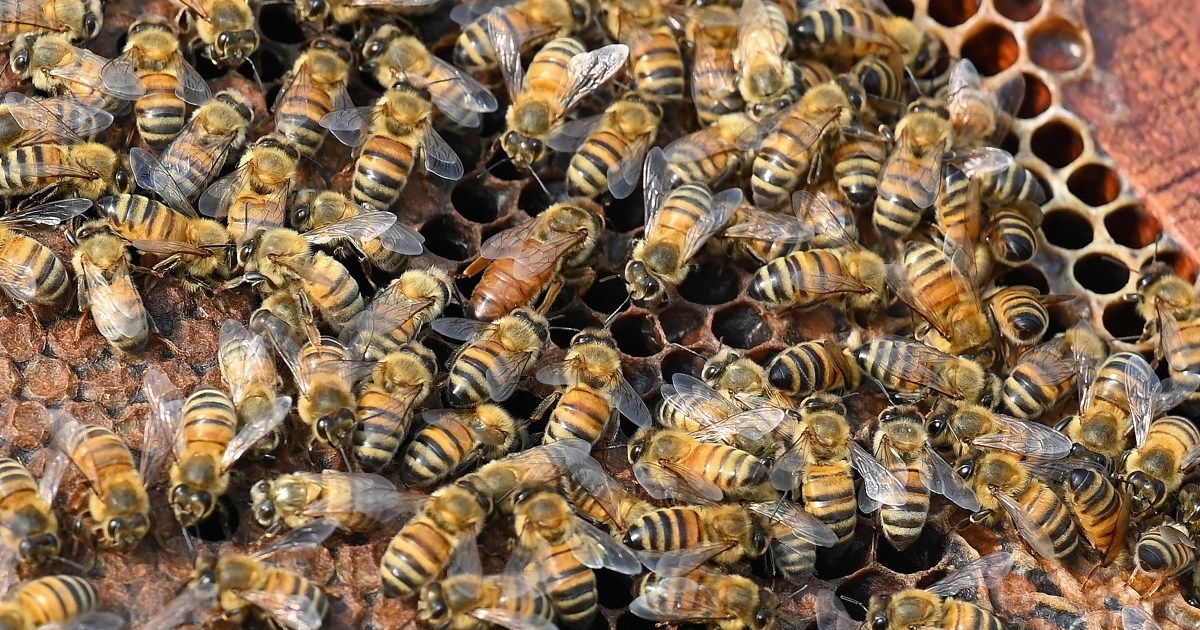EXCLUSIVE: Renowned DJ, Judge Jules, has opened up about his appearance on The Chase’s Celebrity Specia,l which saw a historic victory for him and his co-stars
Judge Jules has revealed that the pressure was eased slightly during his appearance on The Chase Celebrity special, thanks to his connection with the studio. The renowned DJ appeared on the ITV special last year alongside other famous faces, including Lesley Joseph, Jenni Falconer and Patrick Kielty.
The group went up against Shaun ‘The Dark Destroyer’ Wallace in the tense rounds before eventually all four celebs were part of the final chase. It was during the final round that they managed to get one over on Wallace and walked away with a total of £200,000 to split between their chosen charities.
But while some may crumble under the intense pressure of the ITV game show, lawyer and DJ Judge Jules, 58, admits that he didn’t feel too pressured due to a connection with the studios where the show is filmed. “I’m not nervous in my normal activities, before I go on the decks or anything else related to the music business,” he exclusively told the Mirror.
The Londoner went on to add: “It was a little bit nervy because it’s such an unfamiliar environment. The weird thing was, it’s filmed in Elstree Studios where EastEnders is filmed, or it was when I did it anyway. My dad (Shaun O’Riordan) worked there his entire working life, so I’d been to those studios multiple times – my dad was a TV director so I think maybe that eased off the pressure a little bit.”
Jules, who will be DJ’ing across the UK and Balerics this summer, went on to add: “It’s fast moving, you meet three others who you’ve never met before, all of you are there for a common purpose, it’s quite comedial backstage but at the same time, it’s more the alien environment.
“When you’re experienced in one area and suddenly you’re thrust into this alien environment, it makes it more nervous. We earned a chunk of money for charity, which was great. It was £200,00, so it was quite a lot.” This year, fans will see Judge Jules, the nephew of Rick Stein, at Tom Kerridge’s Pub In The Park Festival, Foodies, as well as dates across Ibiza and Sheffield’s 90s Fest at Don Valley Bowl.
“I’ve done quite a few food-oriented festivals,” he said. He went on to add: “I think the core element of the sound stage and DJ’ing is quite similar, it’s more about what’s going on around the edges. It’s one of those that, as a DJ, I might under normal circumstances turn up an hour before, do my set and then probably go reasonably soon afterwards if I’ve got somewhere else to go, whereas I would make a day of it because there’s so much more to do.”
Jules explained that he faced difficulties last year after taking part in a live cooking demonstration on the stage, which was “very comedic”. Last summer, he and his wife were also judges on a cocktail-making stage just before he took to the stage himself. “It’s a unique day out,” he joked.
He said: “It’s the perfect thing for the more senior music business person to go and do. It’s such a varied experience. There is more than just food stalls, there’s comedy, there’s music, it’s an amazing experience.” Reflecting on dance music taking centre stage at festivals this year, with Reading and Leeds Festivals bringing the Chevron Stage back, he said: “It’s a different immersive action at a festival, dance, music. I’m the ultimate salesperson for it, and I don’t really know any different. I’m truly institutionalised by the experience of sort of dance floors.”
Having been in the industry since the Eighties, it’s fair to say that Jules has seen his fair share of odd moments. One memory that sticks out to him during the vinyl era was one clubber running up to the decks and stealing the record, before running back through the crowd, while the record was actually playing.
His ultimate highlight, though, is doing a job he would pay others to do. “I will always be mindful of how lucky I am,” he explained. He added: “Anybody who’s had any degree of success in the arts will have had certain lucky breaks along the way – that’s just facts, whether people choose to admit it or not. And I’m very humbled and just so grateful to do what I love doing. Sadly, there are plenty of people out there who don’t enjoy what they do to make a living.”
Jules was just 16 when he started, though, explaining he had a “slow trajectory” towards his success. He does, however, know musicians who have been propelled to global fame at the start of their career and admits it can be a “difficult process.”
Away from his music career, Julius O’Riordan is also an active lawyer, mainly centred around electronic music, making him the only active artist and entertainment lawyer. “It’s a very unique viewpoint,” he said. Jules added: “To be a successful artist, you need to be a little bit selfish – hopefully not to a really intolerable extent.
“I think when you become an entertainment lawyer, whilst my experience in the music industry has got me quite a lot of work as a lawyer, the tables are entirely turned. I have to be humble, they’re not interested in my war stories, they’re interested in how my experience can play out in the advice and guidance that I give to them, that’s been really good for me as a person, I think.”
Like this story? For more of the latest showbiz news and gossip, follow Mirror Celebs on TikTok, Snapchat, Instagram, Twitter, Facebook, YouTube and Threads.
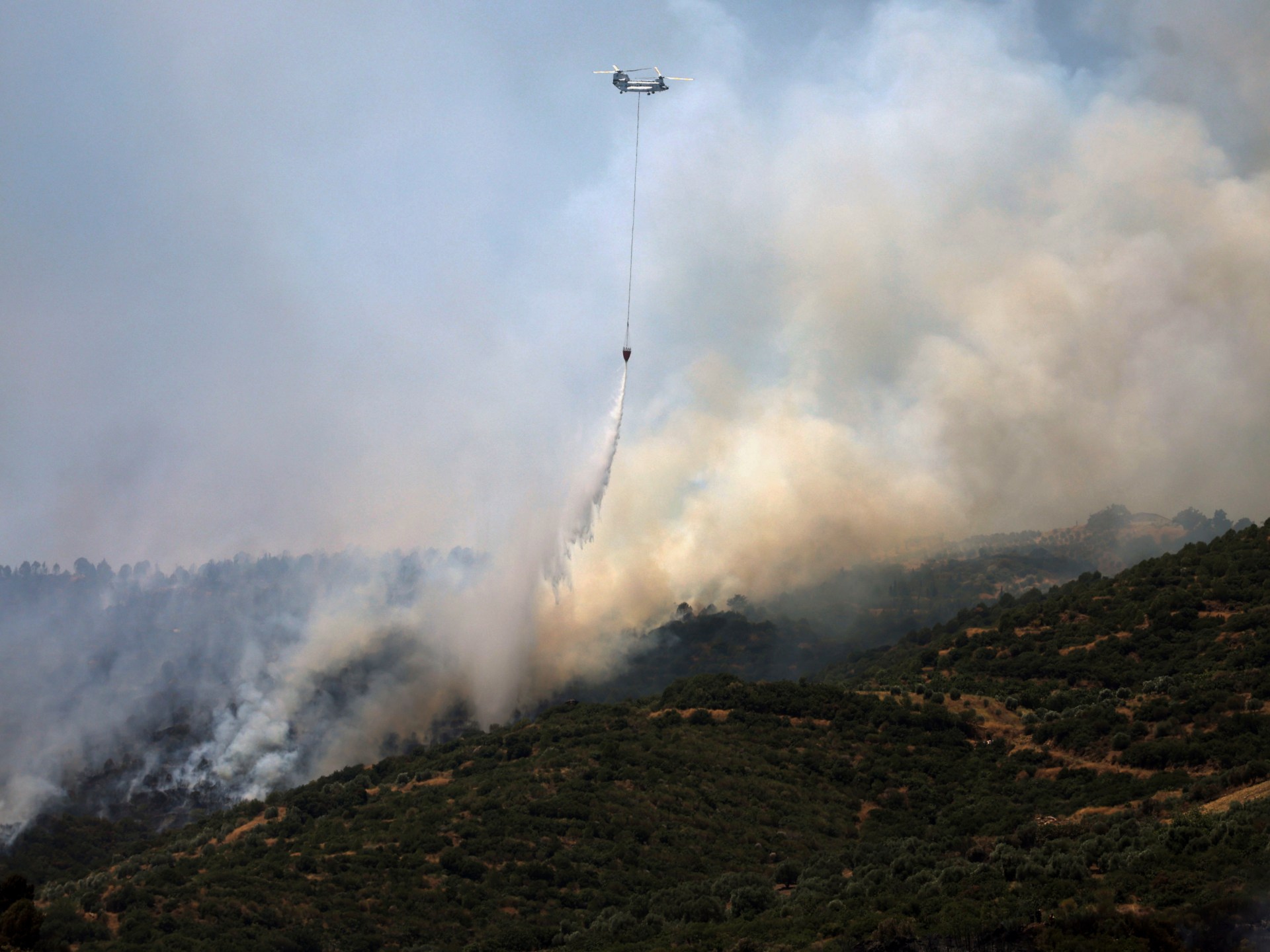
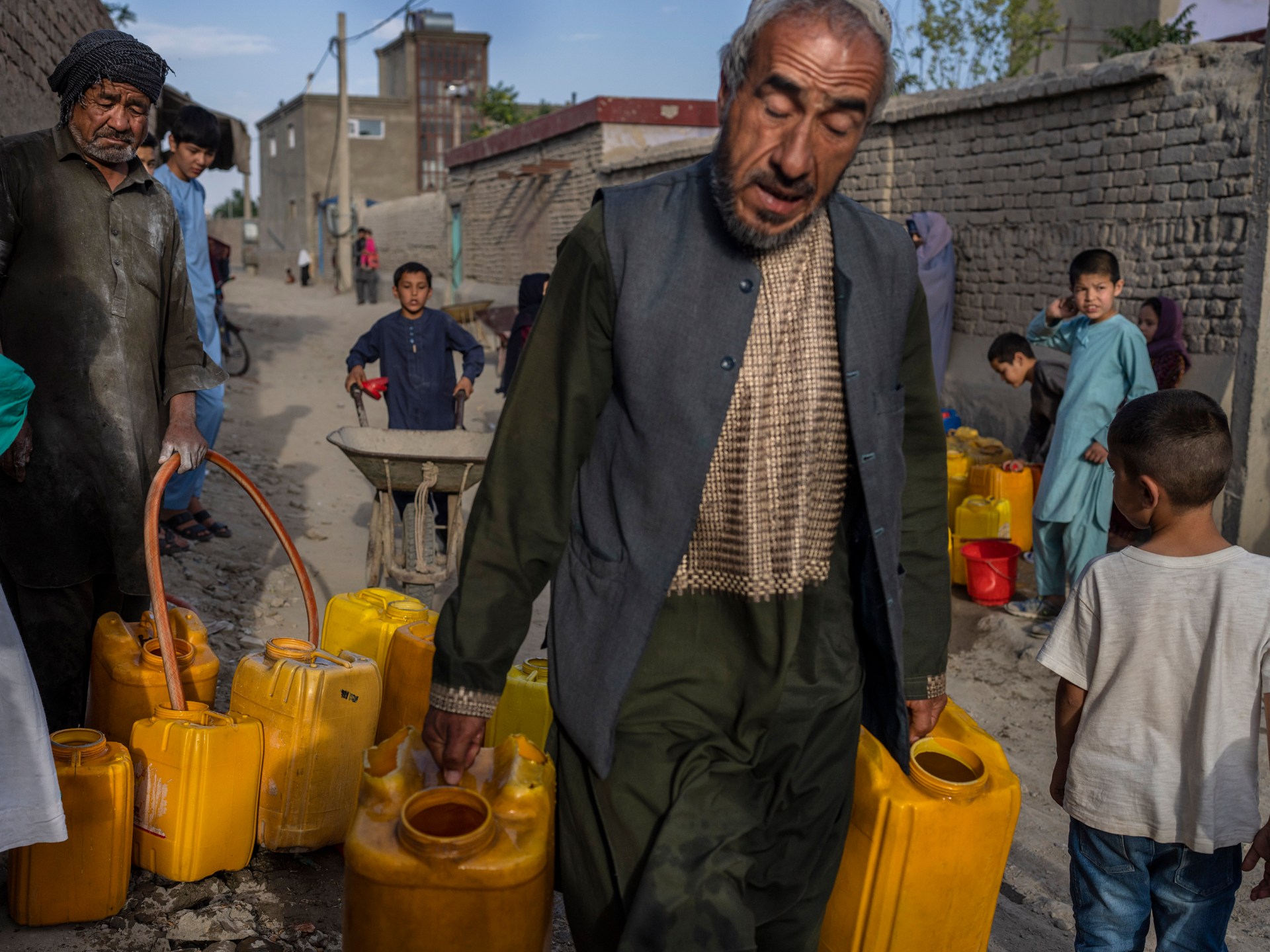


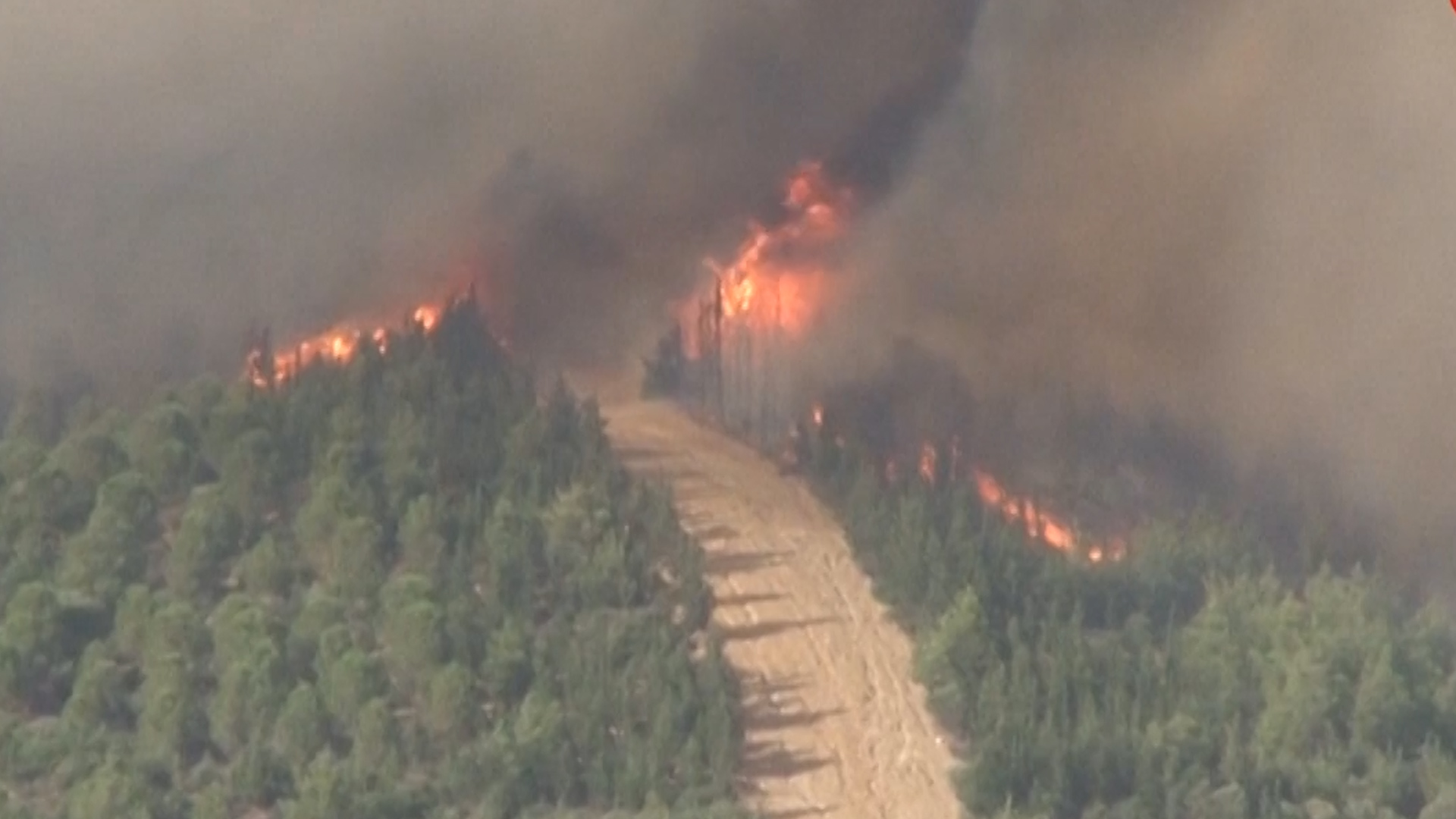























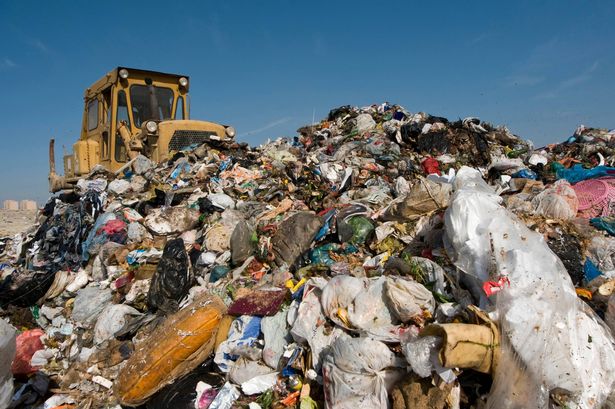



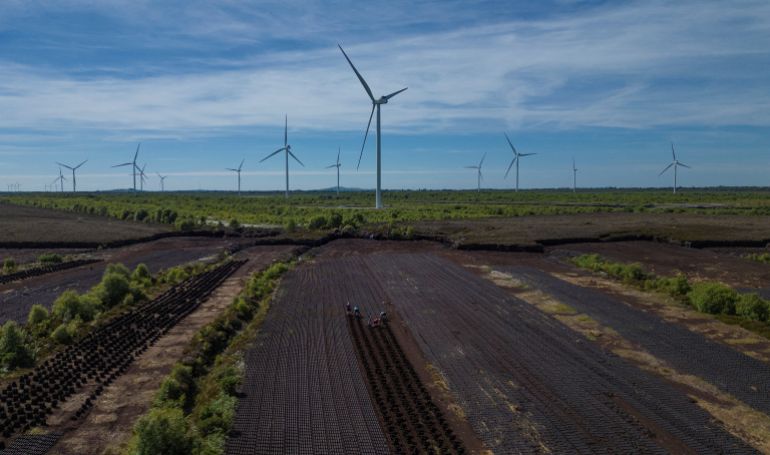

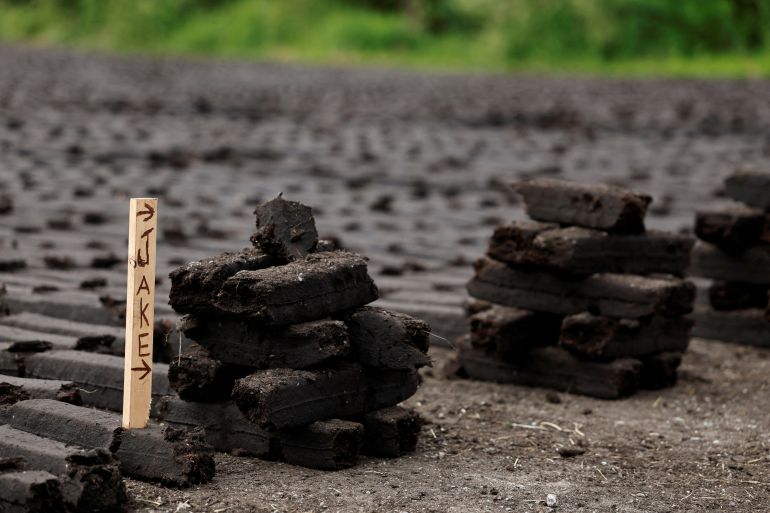





![A motorcyclist wades through a flooded street after heavy rains in Guwahati, in India's Assam state on May 31, 2025. [File: Biju Boro/AFP]](https://www.occasionaldigest.com/wp-content/uploads/2025/06/000_48PV2CA-1748767758.jpg)
